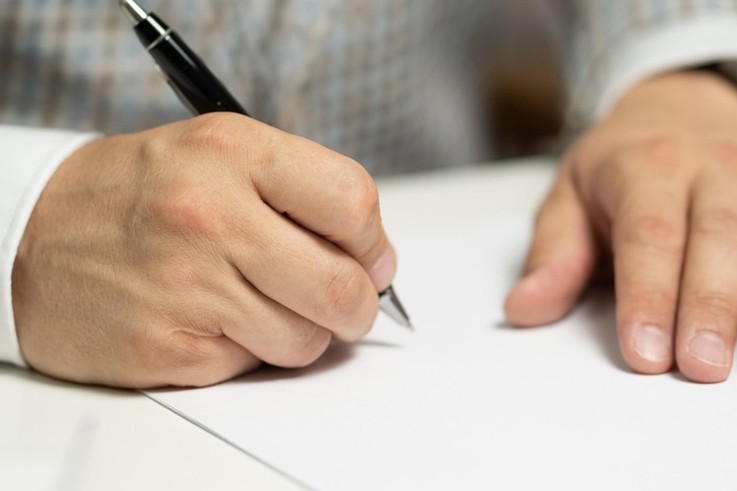
Julian Drago
9 de septiembre de 2025

In the financial and accounting management of any company, one of the most important concepts for understanding the true financial position is the depreciation of machinery and equipment. These assets, essential for producing goods and services, lose value over time due to constant use and technological obsolescence. Recognizing this decrease is not optional—it must be reflected in financial statements and has direct implications for investment planning and tax calculation.
Depreciation is the accounting process that reflects the loss of value of tangible assets over their useful life. In the case of machinery and equipment, depreciation is mainly caused by three factors:
This does not mean the machine becomes useless immediately, but rather that from an accounting perspective, each year it is worth less than when it was purchased.

The depreciation of machinery and equipment serves several strategic purposes:
There are several accepted methods to calculate depreciation of machinery and equipment. The choice depends on the company’s accounting policies and local tax regulations.
The most common and simplest method. It distributes the asset’s cost evenly over its useful life.
Formula:
Depreciation = (Asset Cost – Residual Value) ÷ Useful Life
Example: A machine purchased for $50,000 with a residual value of $5,000 and a useful life of 10 years will depreciate $4,500 each year.
Based on the number of units produced or machine hours used. Useful when wear depends more on activity level than on time.
Applies higher depreciation in the early years and less in later years, reflecting that assets often lose value more quickly at the beginning of their useful life.
Another accelerated depreciation method, applying a fixed percentage to the book value at the beginning of each year. This results in higher expenses in the early years, decreasing over time.
When applying depreciation of machinery and equipment, companies must take into account:
Depreciation affects not only accounting but also business decisions:

Suppose a company acquires a machine for $100,000 with an estimated residual value of $10,000 and a useful life of 8 years.
Using the straight-line method:
Depreciation = (100,000 – 10,000) ÷ 8 = $11,250 per year.
This means the company will record $11,250 as an annual depreciation expense until the end of the machine’s useful life.
Although the calculation seems simple, challenges often arise:
Is depreciation the same as an actual cash expense?
No. Depreciation is an accounting expense that reflects asset value loss, but it does not involve immediate cash outflow.
Which assets are not depreciated?
Land is not depreciated, as it does not wear out from use or lose value in the same way as equipment.
Can the depreciation method of an asset be changed?
In some cases, yes—if justified and disclosed in financial statements. However, changes must comply with local accounting standards.
Why is depreciation important for taxes?
Because depreciation is a deductible expense in most tax systems, reducing taxable income and the tax liability.
What happens if depreciation is not recorded?
Assets and profits will be overstated, giving a distorted view of financial health and potentially leading to tax penalties.
Depreciation of machinery and equipment is a key factor for any company seeking sustainable growth and tax compliance. Knowing how it is calculated and how it impacts your finances helps you make better decisions about maintenance, replacements, and future investments.
At Openbiz, we support you in setting up your company in the United States and managing all administrative and tax processes to ensure success.
Contact us today and start building a solid financial foundation for your U.S. business with expert guidance.
